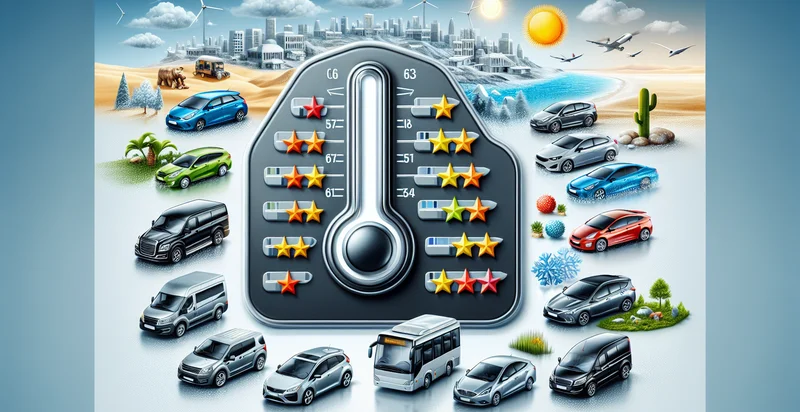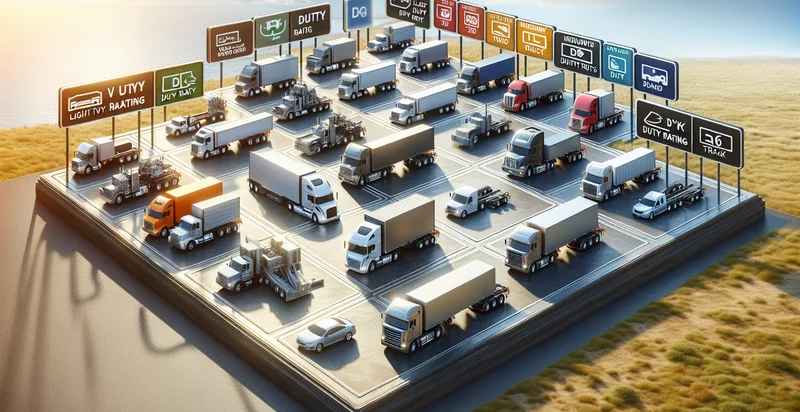Identify vehicle climate rating
using AI
Below is a free classifier to identify vehicle climate rating. Just upload your image, and our AI will predict the environmental impact of various vehicle models - in just seconds.

Contact us for API access
Or, use Nyckel to build highly-accurate custom classifiers in just minutes. No PhD required.
Get started
import nyckel
credentials = nyckel.Credentials("YOUR_CLIENT_ID", "YOUR_CLIENT_SECRET")
nyckel.invoke("vehicle-climate-rating", "your_image_url", credentials)
fetch('https://www.nyckel.com/v1/functions/vehicle-climate-rating/invoke', {
method: 'POST',
headers: {
'Authorization': 'Bearer ' + 'YOUR_BEARER_TOKEN',
'Content-Type': 'application/json',
},
body: JSON.stringify(
{"data": "your_image_url"}
)
})
.then(response => response.json())
.then(data => console.log(data));
curl -X POST \
-H "Content-Type: application/json" \
-H "Authorization: Bearer YOUR_BEARER_TOKEN" \
-d '{"data": "your_image_url"}' \
https://www.nyckel.com/v1/functions/vehicle-climate-rating/invoke
How this classifier works
To start, upload your image. Our AI tool will then predict the environmental impact of various vehicle models.
This pretrained image model uses a Nyckel-created dataset and has 14 labels, including Arctic, Cold Temperate, Continental, Cool Desert, Desert, Hot Desert, Humid Subtropical, Marine, Mountainous and Polar.
We'll also show a confidence score (the higher the number, the more confident the AI model is around the environmental impact of various vehicle models).
Whether you're just curious or building vehicle climate rating detection into your application, we hope our classifier proves helpful.
Related Classifiers
Need to identify vehicle climate rating at scale?
Get API or Zapier access to this classifier for free. It's perfect for:
- Vehicle Health Monitoring: This function can be used in conjunction with vehicle health monitoring systems to assess the environmental impact of various vehicle models. By classifying the climate ratings, fleet operators can make informed decisions about which vehicles to keep or retire based on their performance and emission levels.
- Insurance Risk Assessment: Insurance companies can leverage the 'vehicle climate rating' identifier to evaluate the risk associated with insuring different vehicle types. By understanding the climate impact of each vehicle, insurers can adjust premiums and offerings to incentivize ownership of more environmentally friendly vehicles.
- Eco-Friendly Marketing: Automotive manufacturers can use the climate rating to promote their vehicles' environmental benefits. By classifying vehicles based on their climate ratings, companies can tailor marketing campaigns that highlight higher-rated vehicles, appealing to environmentally-conscious consumers.
- Regulatory Compliance: Businesses in the automotive industry can utilize this function to ensure compliance with environmental regulations. By assessing the climate ratings of vehicles, companies can avoid penalties and ensure that their offerings meet local and international emission standards.
- Fleet Optimization: Logistics companies can implement this functionality to optimize their vehicle fleets. By analyzing the climate ratings, they can switch to more efficient vehicles, improving fuel economy and reducing carbon footprints, which can lead to cost savings and enhanced sustainability metrics.
- Consumer Decision Support: Automotive retailers can incorporate the 'vehicle climate rating' identifier into their sales platforms to help consumers make informed purchasing decisions. Displaying climate ratings alongside other vehicle specifications allows potential buyers to select vehicles that align with their environmental values.
- Research and Development Insights: Automotive R&D teams can employ this classification function to analyze trends in vehicle climate ratings across different models and technologies. This data can inform future vehicle designs and innovations aimed at improving sustainability and reducing environmental impact.


